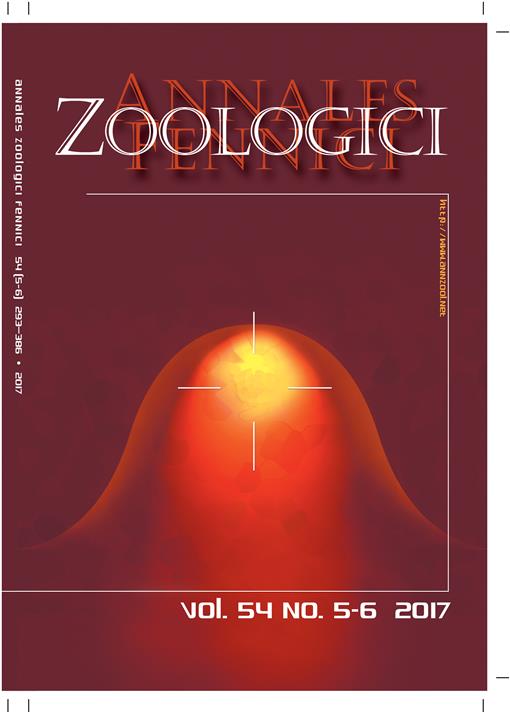The importance of artificial underground habitats for biodiversity is becoming more and more apparent. Abandoned railway tunnels are artificial, underground habitats of considerable biodiversity, including several species of conservation concern. We surveyed 16 abandoned railway tunnels in 2014 in Romania for the following faunal groups: amphibians, terrestrial isopods, and spiders. Amphibians occurred primarily in flooded tunnels, isopods were present in moist tunnels with woody debris, while spiders were widespread and exhibited the greatest diversity in railway tunnels. Some species of amphibians breed in tunnels. The greatest diversity was observed in the entrance zones of tunnels; because railway tunnels are generally isolated from the surrounding rock, they can be colonized only from the entrances. In areas lacking natural subterranean cavities and habitats, railway tunnels are important habitats for many species, including troglophilic spiders and soil-dwelling isopods.
How to translate text using browser tools
1 November 2017
After the Last Train Passes: Data on the Fauna from Abandoned Railway Tunnels in Romania
Severus-Daniel Covaciu-Marcov,
Sára Ferenţi,
István Urák,
Éva-Hajnalka Sas-Kovács,
Alfred-Ştefan Cicort-Lucaciu,
István Sas-Kovács
ACCESS THE FULL ARTICLE

Annales Zoologici Fennici
Vol. 54 • No. 5–6
November 2017
Vol. 54 • No. 5–6
November 2017




